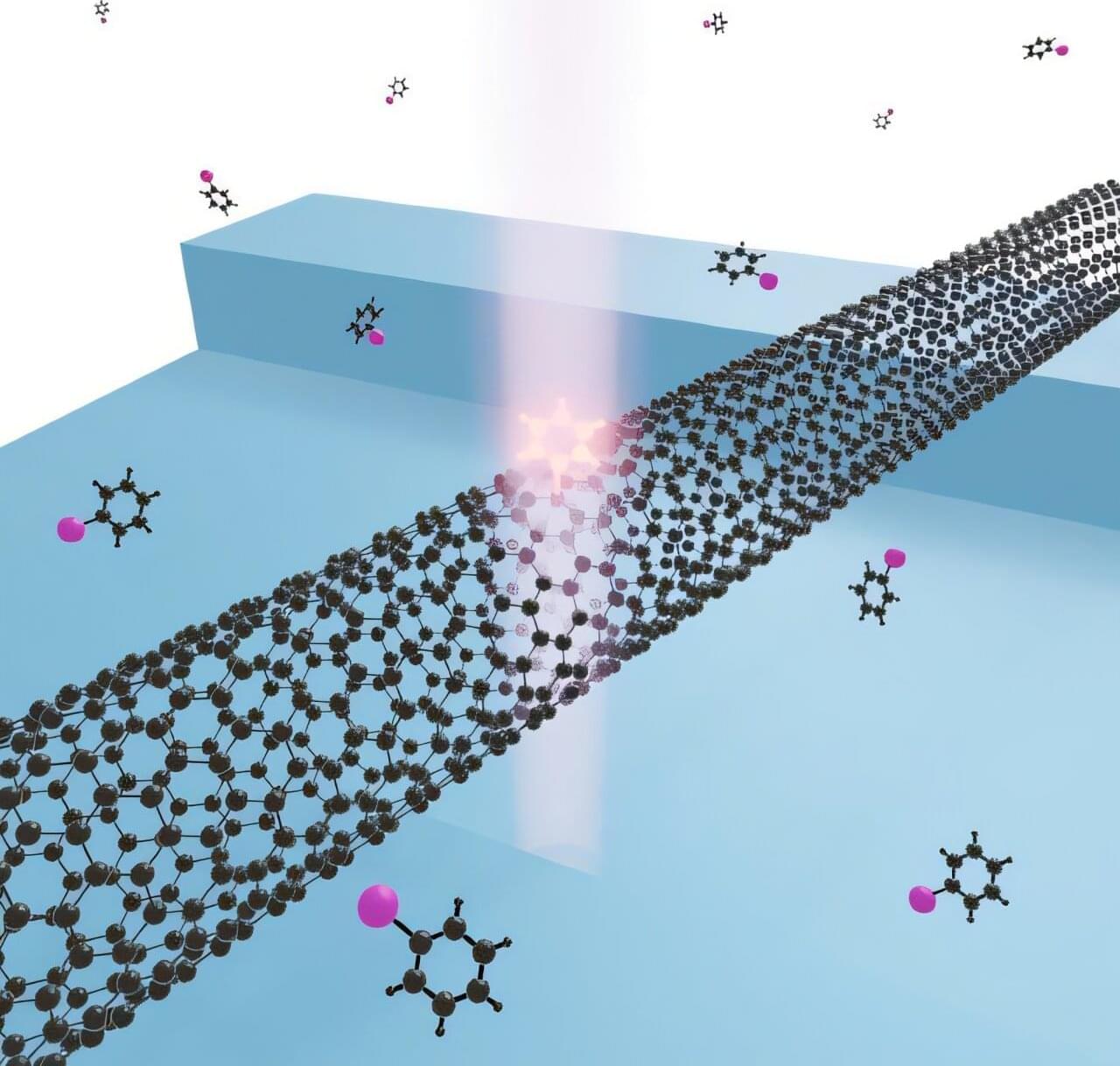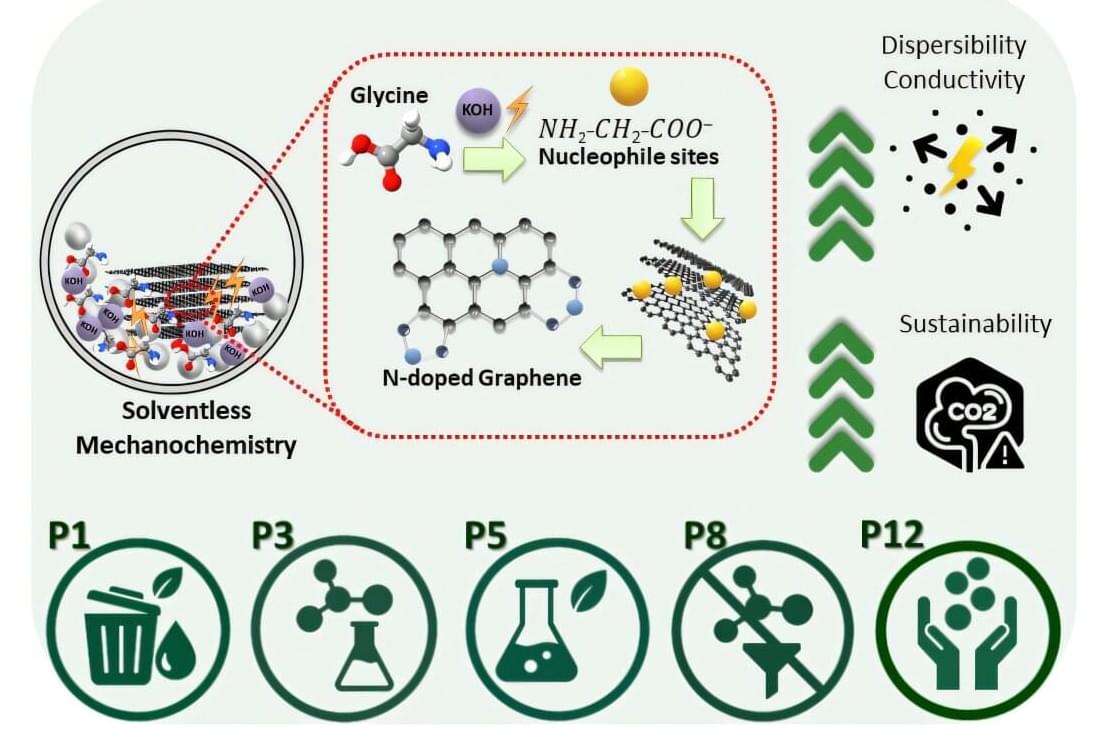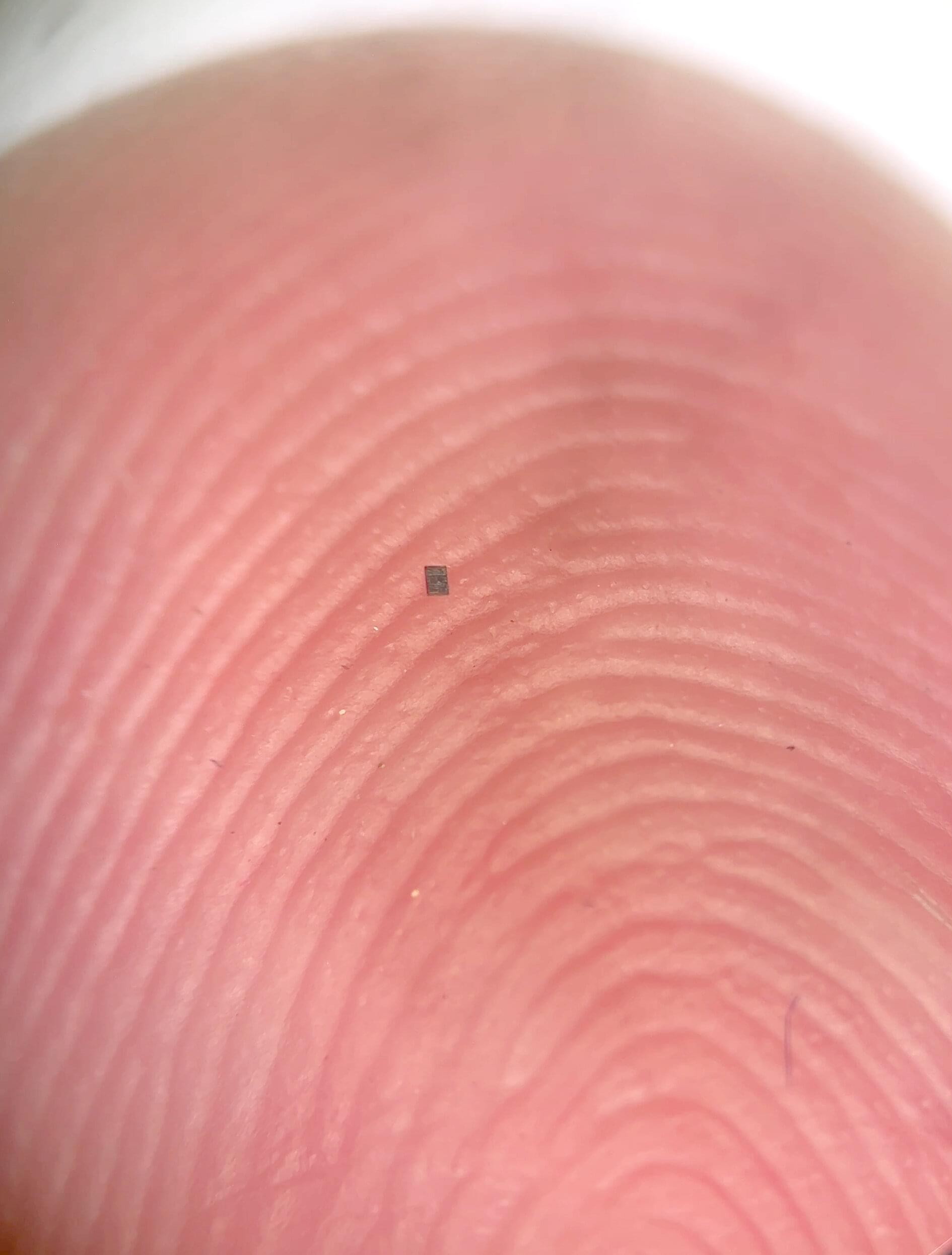This study demonstrated that APOE genotype significantly affects Parkinson disease clinical, biological, and neurophysiologic profiles since disease onset.
Background and Objectives.


An international team of astronomers has achieved a first in probing the early universe, using the James Webb Space Telescope (JWST), detecting a supernova—the explosive death of a massive star—at an unprecedented cosmic distance.
The explosion, designated SN in GRB 250314A, occurred when the universe was only about 730 million years old, placing it deep in the era of reionization. This remarkable discovery provides a direct look at the final moments of a massive star from a time when the first stars and galaxies were just beginning to form.
The event, which has been reported on in the recently published academic paper JWST reveals a supernova following a gamma-ray burst at z ≃ 7.3, (Astronomy & Astrophysics, 704, December 2025), was initially flagged by a bright burst of high-energy radiation, known as a long-duration Gamma-Ray Burst (GRB), detected by the space-based multi-band astronomical Variable Objects Monitor (SVOM) on March 14, 2025. Follow-up observations with the European Southern Observatory’s Very Large Telescope (ESO/VLT) confirmed the extreme distance.

For the first time, scientists have observed the iconic Shapiro steps, a staircase-like quantum effect, in ultracold atoms.
In a recent experiment, an alternating current was applied to a Josephson junction formed by atoms cooled to near absolute zero and separated by an extremely thin barrier of laser light. Remarkably, the atoms were able to cross this barrier collectively and without energy loss, behaving as if the barrier were transparent, thanks to quantum tunneling.
As the oscillating current flowed through the junction, the difference in chemical potential between the two sides did not change smoothly, but instead increased in discrete, evenly spaced steps, like climbing a quantum staircase. The height of each step is directly determined by the frequency of the applied current, and these step-like chemical potential differences are the atomic analog of Shapiro steps in conventional Josephson junctions.

Tiny tubes of carbon that emit single photons from just one point along their length have been made in a deterministic manner by RIKEN researchers. Such carbon nanotubes could form the basis of future quantum technologies based on light.
Light is currently used to freight data over long distances via optical fibers. But harnessing its quantum nature could offer several benefits, including unprecedented security since any inception by a third party can be detected.
Such quantum communication technology requires light sources that emit one photon at a time. Several systems are capable of realizing that, but of them carbon nanotubes are the most promising.

Graphene is often described as a wonder material. It is strong, electrically conductive, thermally efficient, and remarkably versatile. Yet despite more than a decade of excitement, many graphene-based technologies still struggle to move beyond the laboratory.
One of the key challenges is that graphene does not readily dissolve in common solvents, forcing researchers to rely on harsh, multi-step functionalization/modification processes to make it usable.
As a researcher working at the intersection of green chemistry and nanomaterials, I have often found myself asking a simple question: Can we design advanced materials without relying on environmentally costly processes?
Imaging technology has transformed how we observe the universe—from mapping distant galaxies with radio telescope arrays to unlocking microscopic details inside living cells. Yet despite decades of innovation, a fundamental barrier has persisted: capturing high-resolution, wide-field images at optical wavelengths without cumbersome lenses or strict alignment constraints.
A new study by Guoan Zheng, a biomedical engineering professor and the director of the UConn Center for Biomedical and Bioengineering Innovation (CBBI), and his research team at the UConn College of Engineering, was published in Nature Communications, introducing a breakthrough solution that could redefine optical imaging across science, medicine, and industry.
“At the heart of this breakthrough is a longstanding technical problem,” said Zheng. “Synthetic aperture imaging—the method that allowed the Event Horizon Telescope to image a black hole—works by coherently combining measurements from multiple separated sensors to simulate a much larger imaging aperture.”

Researchers at the University of Pennsylvania and University of Michigan have created the world’s smallest fully programmable, autonomous robots: microscopic swimming machines that can independently sense and respond to their surroundings, operate for months and cost just a penny each.
Barely visible to the naked eye, each robot measures about 200 by 300 by 50 micrometers, smaller than a grain of salt. Operating at the scale of many biological microorganisms, the robots could advance medicine by monitoring the health of individual cells and manufacturing by helping construct microscale devices.
Powered by light, the robots carry microscopic computers and can be programmed to move in complex patterns, sense local temperatures and adjust their paths accordingly.


Scientists at HSE University have found that current AI models, including ChatGPT and Claude, tend to overestimate the rationality of their human opponents—whether first-year undergraduate students or experienced scientists—in strategic thinking games, such as the Keynesian beauty contest. While these models attempt to predict human behavior, they often end up playing “too smart” and losing because they assume a higher level of logic in people than is actually present.

Research published in the Journal of the American Chemical Society demonstrates a new way to make carbon-based battery materials much safer, longer lasting, and more powerful by fundamentally redesigning how fullerene molecules are connected.
Today’s lithium-ion batteries rely mainly on graphite, which limits fast-charging speed and poses safety risks due to lithium plating. These research findings mean progress toward safer electric vehicles, longer-lasting consumer electronics, and more reliable renewable-energy storage.